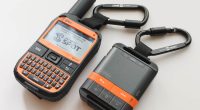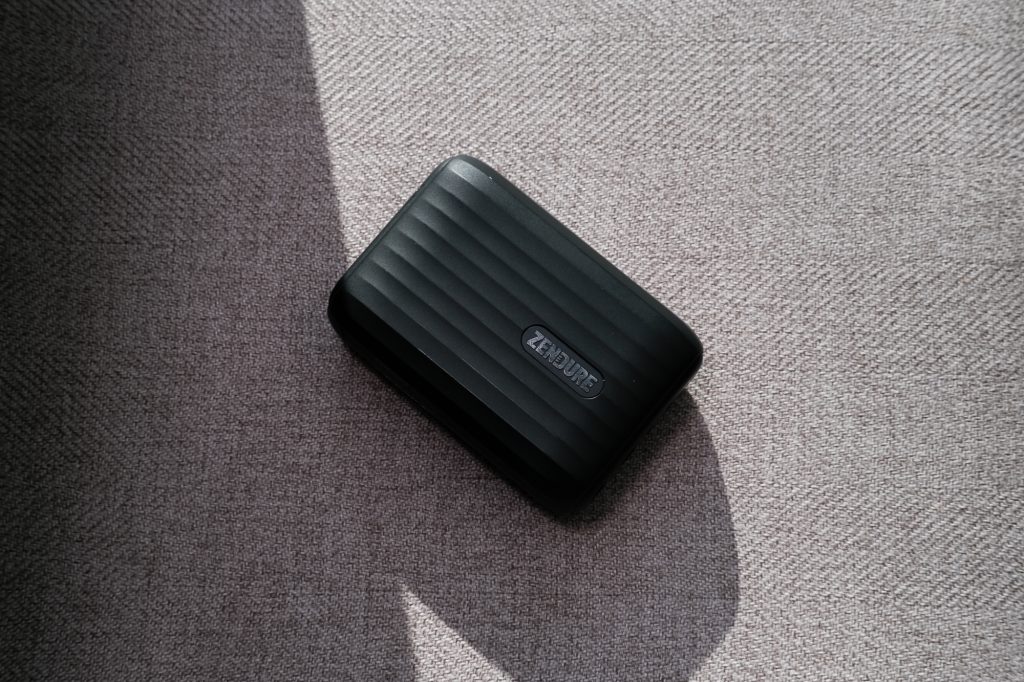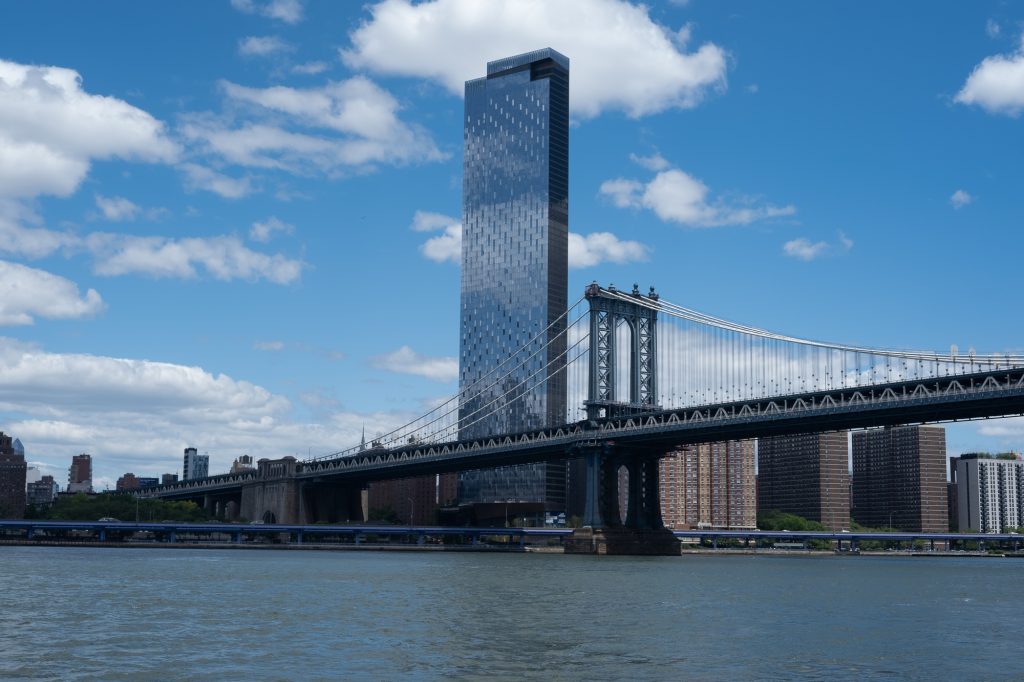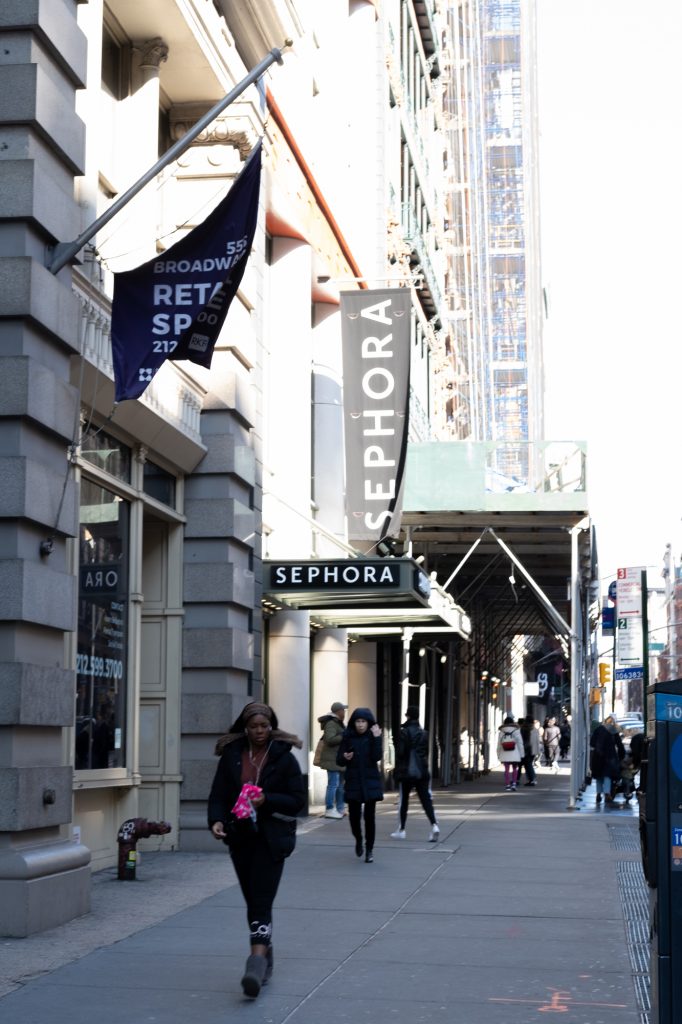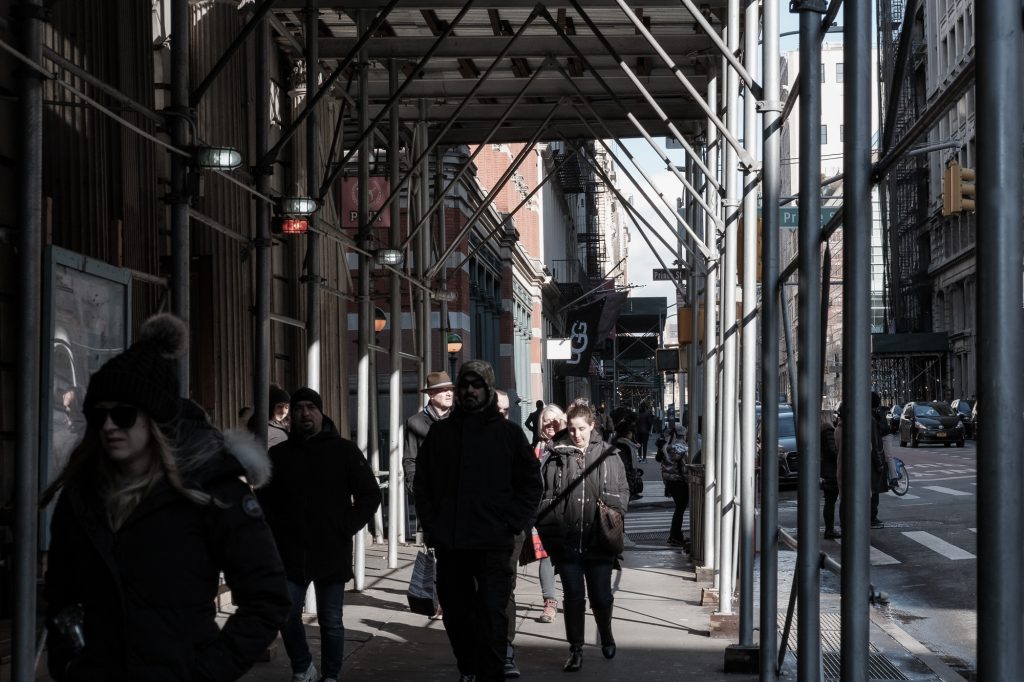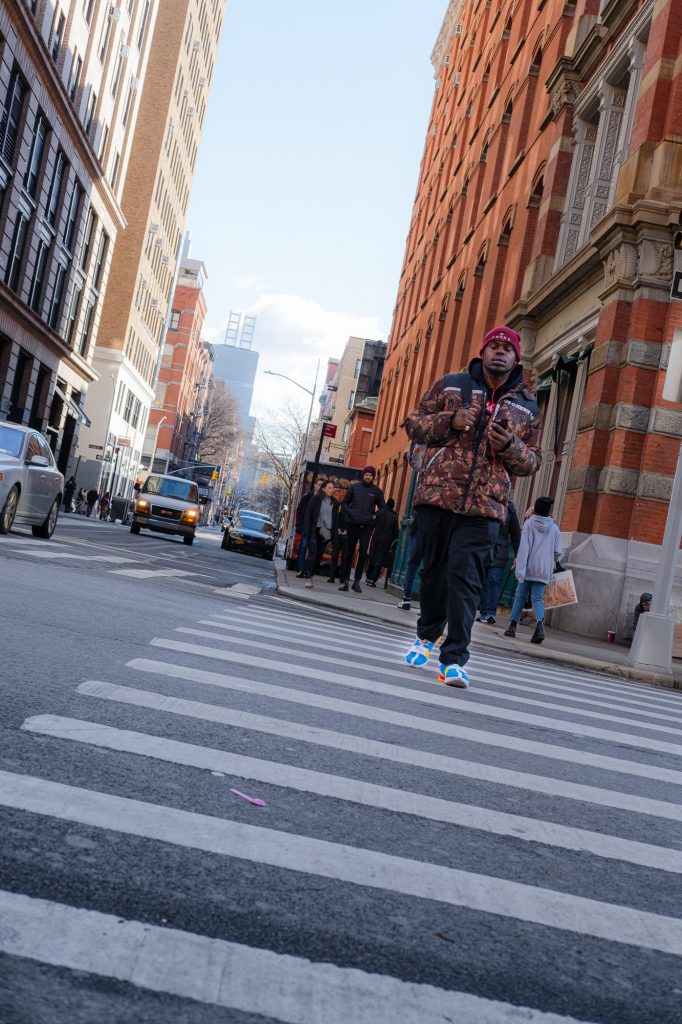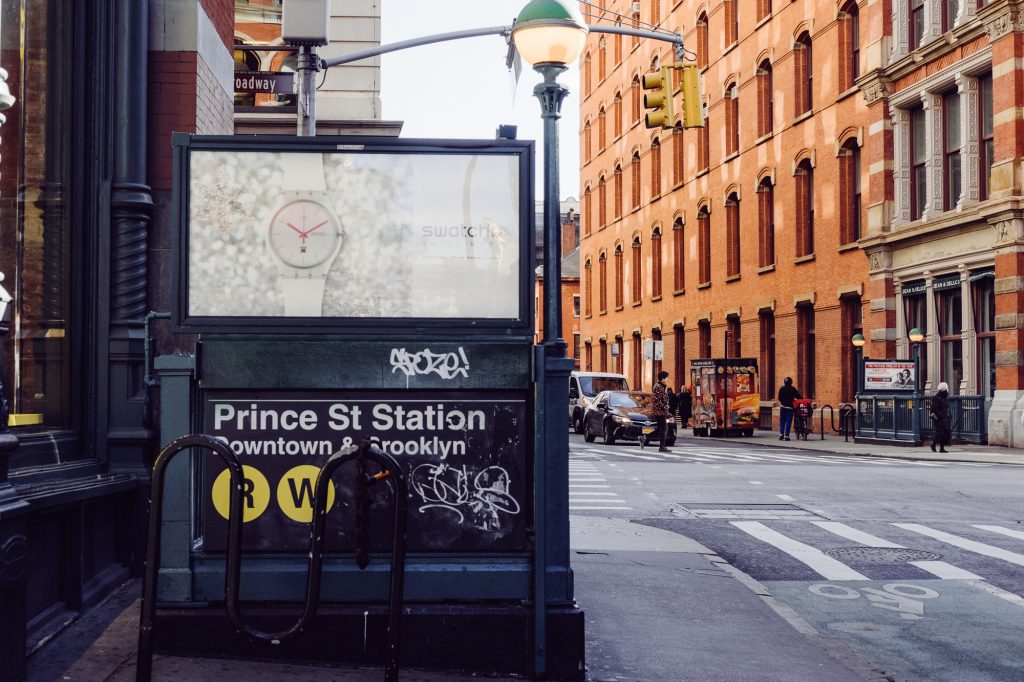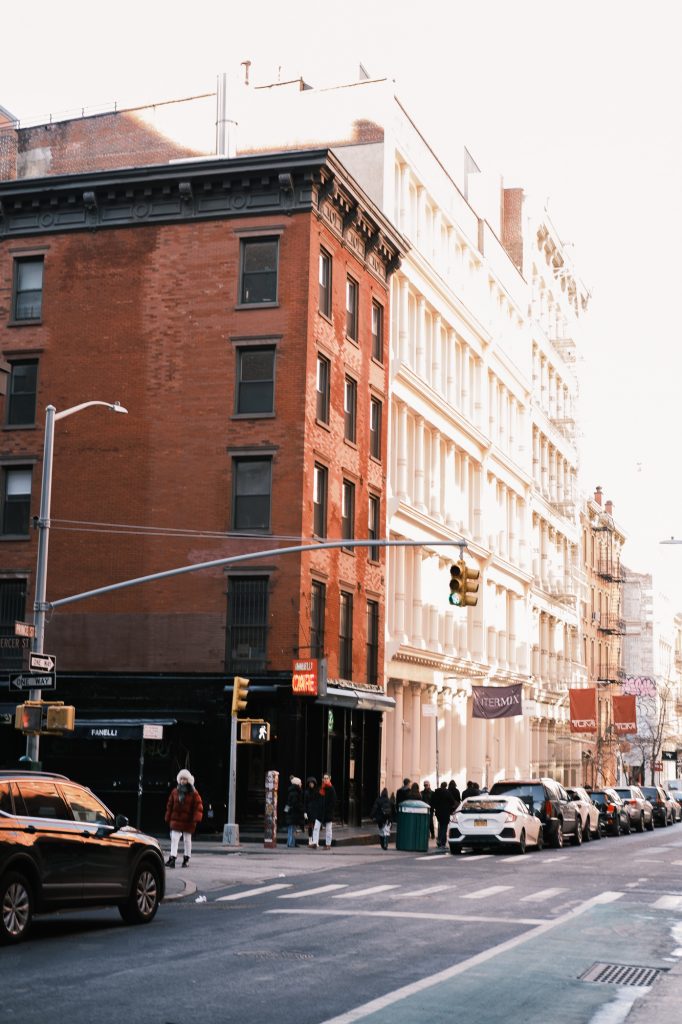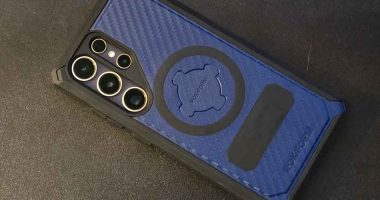When the Fujifilm X-Pro3 was announced, it appeared to be a street photographer’s dream camera. I was excited to check it out at PhotoPlus (2019) and made sure to spend some time with it and even talked to Fujifilm about the camera meant for the company going forward. Going into this review, I knew this wasn’t a full frame camera and that it “lacks” a rear monitor but when I first got my review unit – I instantly fell in love. Little did I know that this camera was going to be a lifeline for me during a difficult time.
Tech Specs via Fujifilm
- Number of effective pixels: 26.1 million pixels
- Image sensor: 23.5mm×15.6mm (APS-C) X-Trans CMOS 4 with primary color filter.
- Lens mount: FUJIFILM X mount
- ISO Sensitivity:
- Standard output AUTO1 / AUTO2 / AUTO3 / ISO160~12800 (1/3 step)
- Extended output ISO80 / 100 / 125 / 25600 / 51200
- Exposure control: TTL 256-zone metering, Multi / Spot / Average / Center Weighted
- Exposure mode: P (Program AE) / A (Aperture Priority AE) / S (Shutter Speed Priority AE) / M (Manual Exposure)
- Exposure compensation: -5.0EV~+5.0EV 1/3EV step (Movie: -2.0EV~+2.0EV)
- Shutter type: Focal Plane Shutter
- Shutter speed:
- Mechanical Shutter: P mode: 4sec. to 1/8000sec. A mode: 30sec. to 1/8000sec. S/M mode: 15min. to 1/8000sec. Bulb mode: up to 60min.
- Electronic Shutter: P mode: 4sec. to 1/32000sec. A mode: 30sec. to 1/32000sec. S/M mode: 15min. to 1/32000sec. Bulb mode: 1sec. Fixed
- Viewfinder: Hybrid optical/electronic viewfinder system
- OVF: Reverse Galilean viewfinder with electronic bright frame display
Coverage of frame area v.s. capturing area: approx. 95%
Magnifications approx. x0.52
- EVF: 0.5 inch approx. 3.69 million dots OLED Color Viewfinder (4:3)
Coverage of viewing area vs. capturing area: approx. 100%
- OVF: Reverse Galilean viewfinder with electronic bright frame display
- LCD monitor: 3.0-inch, aspect ratio 3:2, approx. 180 degree tilting 1.62 million dots touch screen color LCD monitor (approx. 100% coverage)
- Digital interface: USB Type-C (USB3.1 Gen1),
- I/O Ports: Microphone / shutter release input: ø2.5mm, Hot shoe
Design & Ergonomics

The X-Pro 3 is Fujifilm’s rangefinder-style flagship camera – a very stylish if not understated design that nails the retro aesthetic. Like its predecessors, the X-Pro 3 features a hybrid optical/electronic viewfinder, actual buttons and dials and new to the X-Pro 3 a flip-down rear screen that keeps the rear monitor hidden when not in use. This hybrid finder system is a major reason behind my love of the X-Pro series of cameras as it allows me both the ability to see my entire scene but with the flexibility of having a live preview of the image after taking it.

If you’re familiar with the rangefinder styling of the X-Pro series, there isn’t much new here, but you will notice the removal of the D-pad from the rear control panel. Instead, you’ll notice that the menu button has been added to the column of button controls next to the display (we’ll get to that in a minute) replacing the Delete button from the cluster. The hardware button for deleting and toggling the Drive mode now share the same real estate as do the AE-Lock and AF-Lock functions. Depending on how you shoot, these may be dealbreakers as you’d have to assign which function you’d prefer to have readily available.
Now, the big peeve or perk: the rear flip-down screen. Let me start by saying this is purely a matter of personal preference but instead of a traditional rear monitor, the X-Pro 3 keeps it “hidden” when not in use replacing it with a small, info display that provides current settings data: white balance, film simulation, and ISO. It’s literally like sticking a note with the film type on the back of a film camera – the good ol’ days. While this is a major change, and understandably one that wouldn’t make sense for those that rely on chimping, there is one major advantage to shooting with a flip-down screen: waist-level shooting. Again, this is a very specific use case but one that has several benefits once you adjust how you shoot.
Real World Use
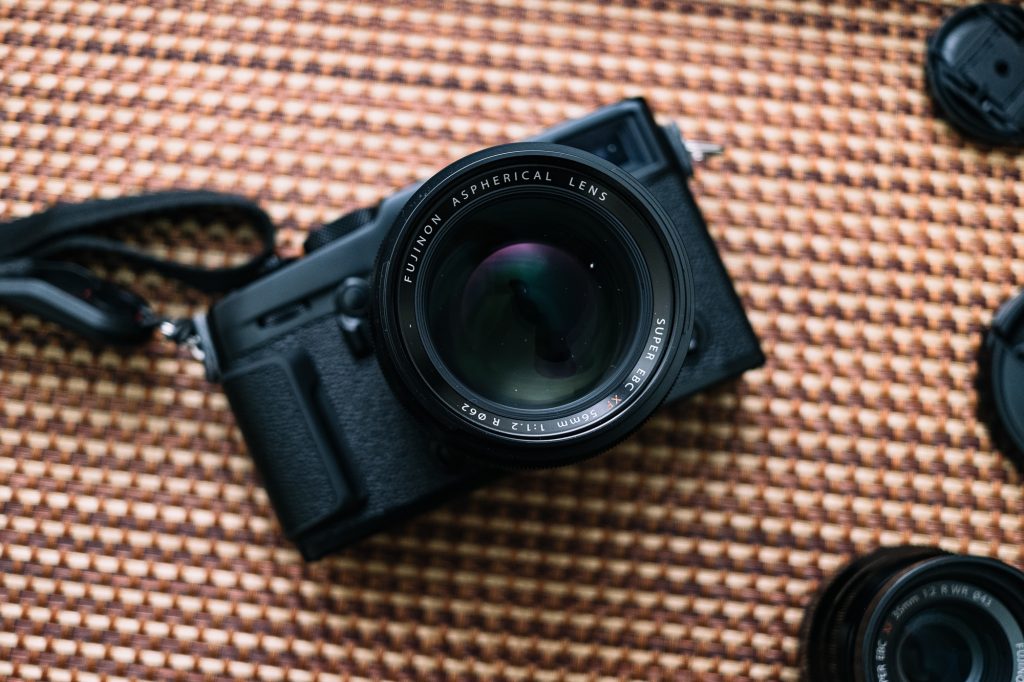
When this camera first made its way to my hands (and heart) It was mid-February and crowded spaces, and indoor dining were a thing. I planned on making a few intentional subway trips into Manhattan to walk, shoot, and possibly enjoy a beverage. I wanted to schedule a demo shoot with a few friends and then the world shut down. I had a camera to test/review but nothing to shoot – NYC was on lockdown.
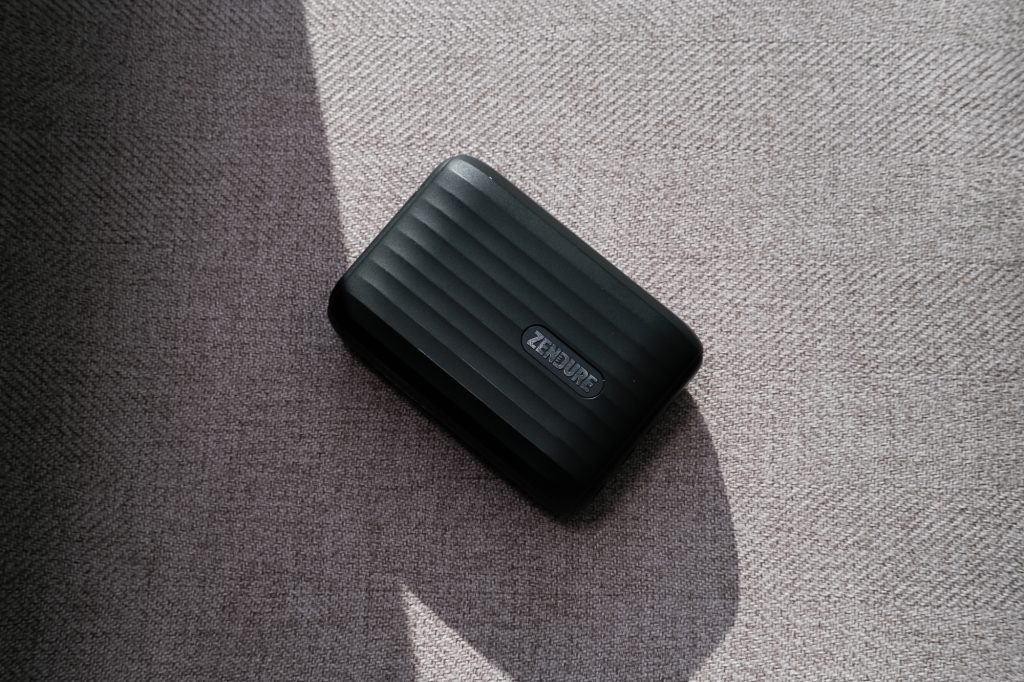
I initially reached out to Fujifilm saying thanks, but I don’t think I’ll be able to test this camera at this time to which their response was, “hold onto it.” And I’m glad I did. While my immediate reaction to the NYC shutdown was #WFH4EVER, the reality was that I forgot just how important street photography is to me. It’s not just something I do to test cameras or flood an Instagram feed with, it’s my form of meditation – it allows me to process, reflect, and the opportunity to breathe.
Though the the flip-down screen may seem like an odd choice – especially as an entire generation of photographers have come to expect that a real-time preview of your last shot is a given – it truly allowed me to get lost in the moment. A feeling that I’ve been able to tap into on the street, one that I found especially difficult to do after slogging away on video calls all day. I hate to sound twee about it, but it felt like the way photography is supposed to feel – a connection to a specific point in time where you’re able to truly “see” a photograph as it is being made. My subjects weren’t “special” in any way – food, my dining room table, my plants – but by focusing on the light and not on the distractions of a display, I was able to find my zen and enjoy the process of making photographs again.
Conclusion

When I first started jotting my notes on this camera – an initial first impression of “hey this feels familiar” and “I’m not sure if this is for everyone” – has become a more nuanced take on the camera and the process of making photographs in general. The Fujifilm X-Pro 3 isn’t for everyone and it shouldn’t be; instead it invites everyone to stop thinking about arbitrary tech specs and focus on the art of seeing. The camera has the Eterna film simulation which makes for some really lovely videos – but you’re not going to want to shoot video on here (but you can). This camera is a camera for photographers and that’s really where it shines. It helps you get back to the essence of photography in a way few modern digital cameras can. It’s not perfect but it’s perfect to me.
You can pick up a Fujifilm X-Pro 3 now for around $1799 (MSRP).

